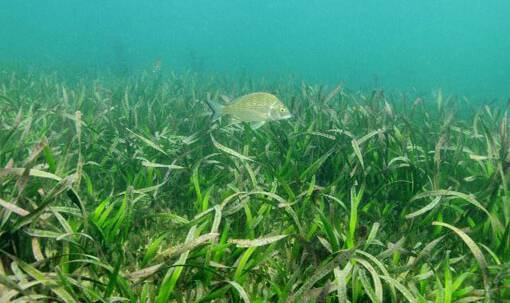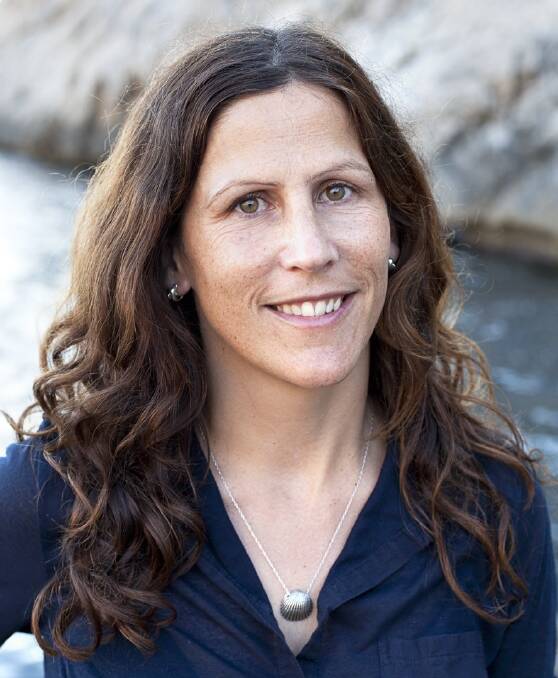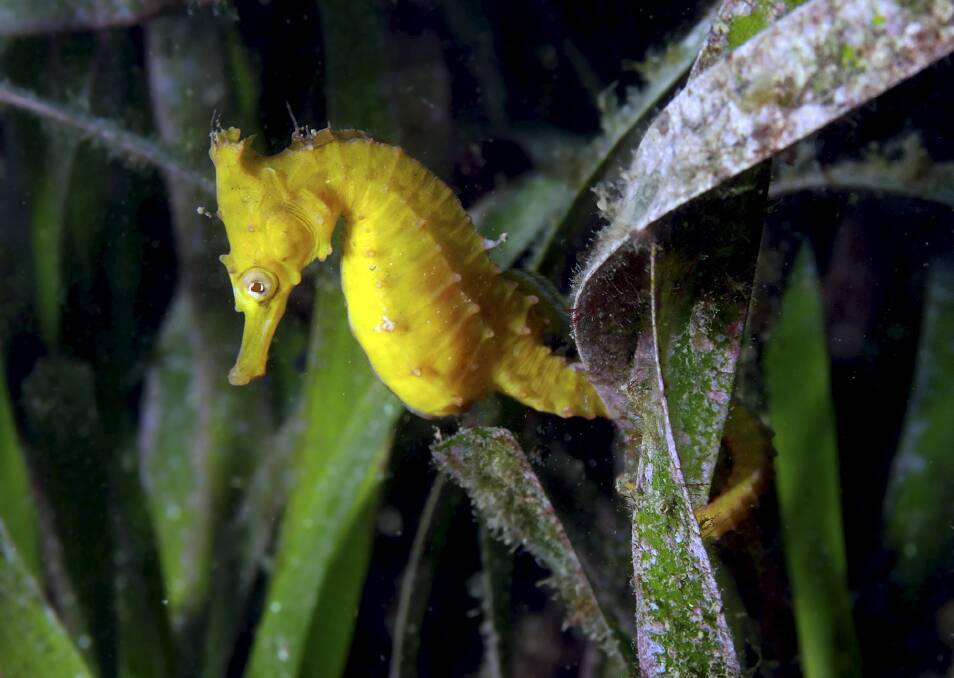Efforts to restore seagrass in Port Stephens has been boosted by a significant state government grant.
Subscribe now for unlimited access.
$0/
(min cost $0)
or signup to continue reading
The Sydney Institute of Marine Science will receive $95,954 through the NSW Government’s Restoration and Rehabilitation Grant Program to restore the endangered Posidonia australis seagrass species in mooring scars across the Port’s waterways.

“The disappearance of marine species can sometimes go unnoticed because it happens beneath the waves, out of sight and out of mind,” the lead investigator for the project, Dr Adriana Vergés from UNSW Sydney and the marine institute, said.
“We are keen to make the work we do underwater visible to the general public by using underwater cameras to show both the degradation from traditional swing moorings and how we can restore habitats through environmentally friendly moorings and seagrass revegetation.”
Traditional dump weight and chain swing mooring devices are proven to ‘scour’ sea and seagrass beds leaving bare patches on the ocean floor.
These are referred to as mooring scars.
Currents and wave action on these patches cause further damage by eroding the sediment and destabilising the beds.
Seagrasses, which are protected in NSW under the Fisheries Management Act 1994, are an important species in the marine world.
They have three main functions:
- Provide habitat for fish and other aquatic animals;
- Are a source of food for fish and other aquatic animals and;
- Help to reduce erosion and improve water quality.
Healthy seagrass is vital to Port Stephens, which has the second most extensive seagrass bed in NSW, covering more than 1000 hectares.
Parliamentary Secretary for the Hunter Scot MacDonald MLC said the grant would help the marine institute use recent innovations in seagrass restoration to revegetate Posidonia australis in Port Stephens.
“This grant will help protect and preserve our local environment for future generations,” Mr MacDonald said.
Seagrass shoots will be collected by citizen scientists following large storms.
Storms cause seagrass fragments to be washed up along beaches.
This method of collection will avoid damaging existing seagrass meadows while also engaging the community in restoration, Dr Vergés said.
“This is an exciting solutions-focused project where we aim to work alongside local communities to restore an endangered seagrass species while also raising awareness about the critical importance of seagrass meadows.”
Aside from restoring seagrass, the aim of the project is the raise awareness about the importance of seagrass meadows and the benefits of environmentally friendly moorings.




